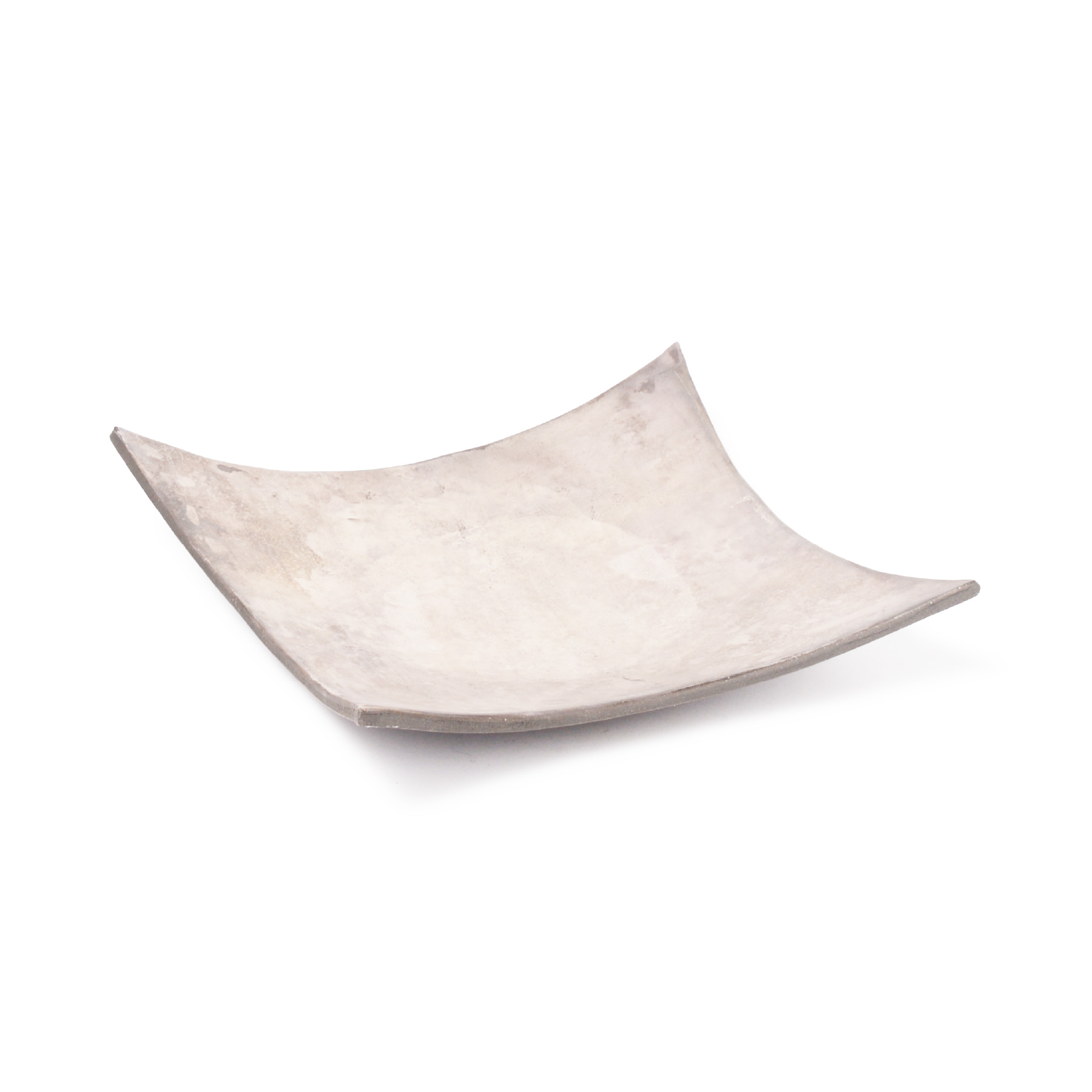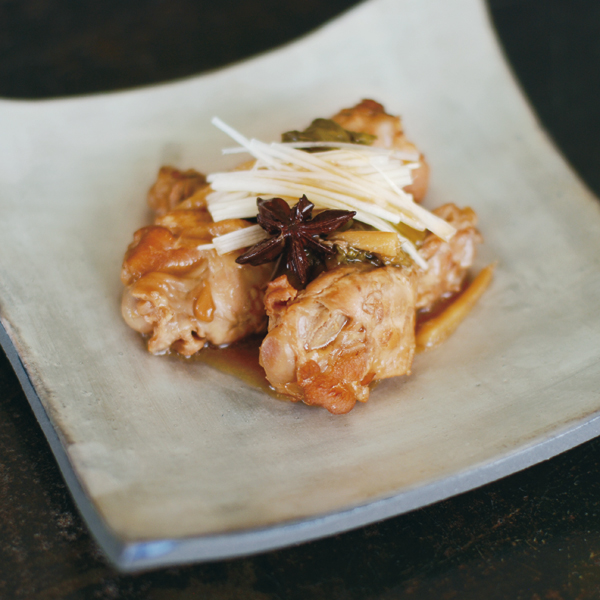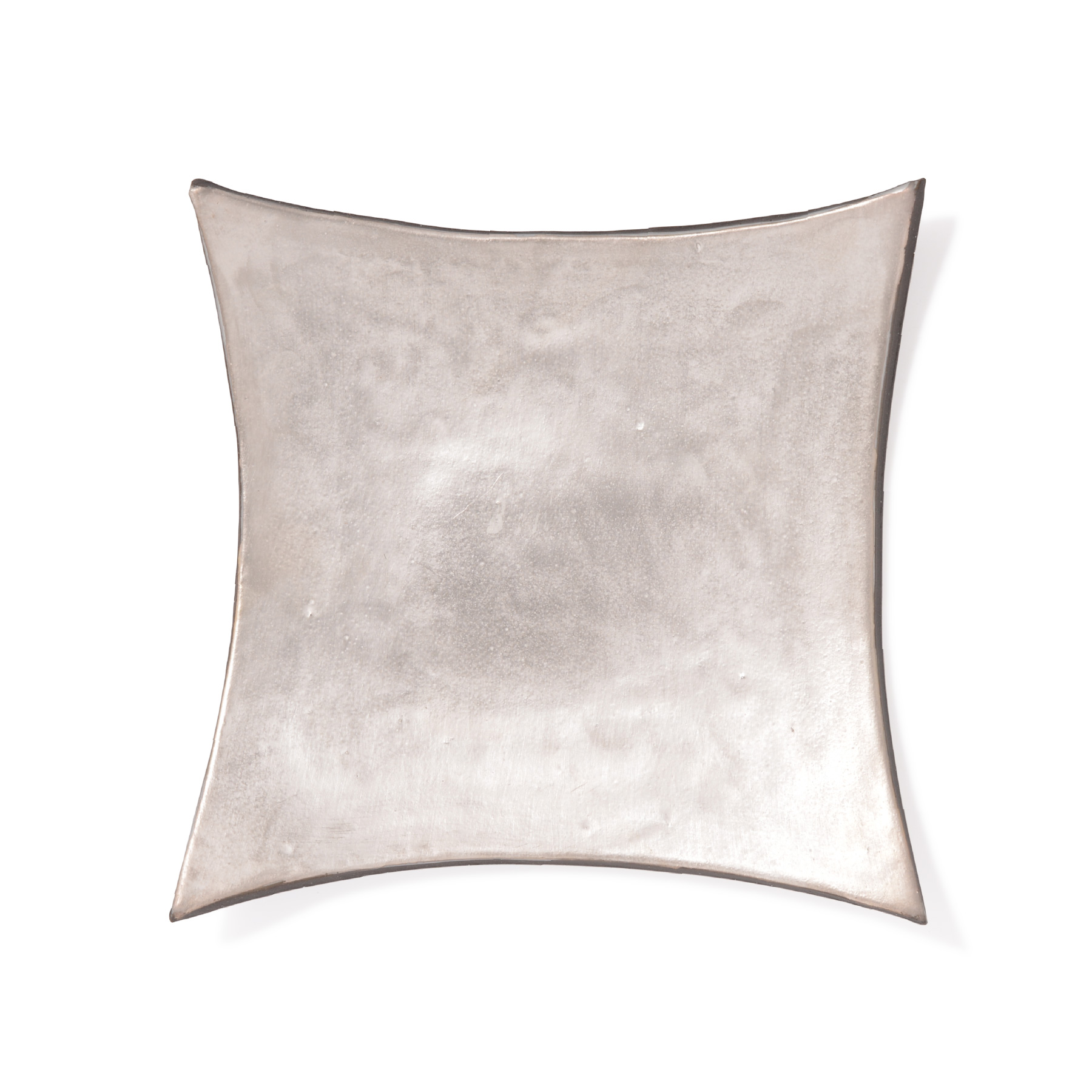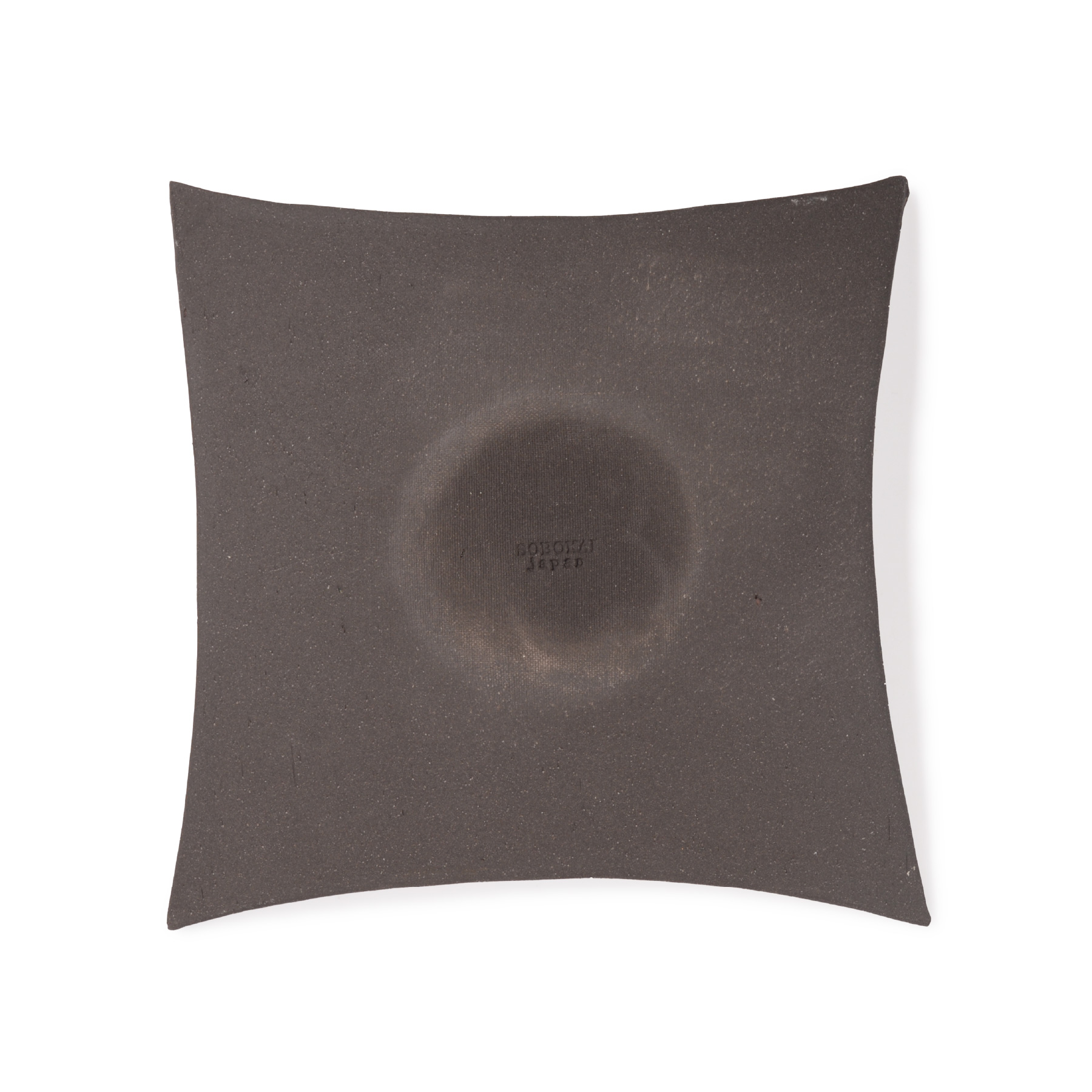Kurotsuchi ginsai crescent moon plate
Description
"Kurotsuchi ginsai" tableware series features the beautiful contrast between "the silver paintings" inside and "the black earthen clay" outside. The "black and silver" color scheme is chic, but the rough texture gives a warm feeling somehow. Overall, it evokes luxury in a traditional modern way. Truly recommended for Japanese and French or fusion style restaurants. You could also use these atmospheric tableware items with silver paintings at home in order to enjoy your exceptional meals just like in restaurants. [19 curved square plate] is curved upward at the four edges. However, the surface for dishing up is flat, so it is easy for you to present food and drizzle with sauce beautifully.
Features
Color Shade Variations
Each piece has individual color shade variations. Affected by glazes and natural firing conditions such as changes in temperature, humidity and other climate elements and also how to receive the fire in the kiln chamber, each piece has own expression. It is really difficult to make the completed ware exactly same in color by firing and glazing even when the same materials are used. 100 pieces show 100 kinds of expressions, as it were.
Rough Clay
The surface may be rough due to the use of rough or coarse clay.
Pinholes
Pinholes may be seen clearly on the surface. Pottery (earthenware) is mainly made from earth, and green ware contains a lot of air while biscuit firing. While glazed firing, this air inside the biscuit ware becomes air bubbles, which remain and look like small holes on the surface of the glazed part. Those small holes are called pinholes.
Crazing (Chaps)
Crazing (having chaps) may appear clearly on the glazed part. The “direct” crazing means having chaps originally. The “aging” crazing means having chaps over time as you use the tableware item. There is a difference between the shrinkage rate of the glaze and that of the clay, so crazing occurs. Note that those cracks do not come from the damage of tableware items. They might appear just before use, but it is no problem in terms of use. They appear on the surface of pottery (earthenware) and semi-porcelain.
Iron in Powder
Iron in powder may be seen clearly on the surface. Pottery (earthenware) is made from earth, which contains iron. After firing green ware, iron appears on the surface in the form of black dots. Red or black earthen clay contains much more iron, and as a result, not a little iron in powder may appear on the surface of tableware items made from this type of clay.
Warping
Warping in shape may be clearly seen. Ceramic ware is made out of clay, so even after formed, green ware is relatively soft and wobbly. Therefore, when it is made dry, it is affected by natural conditions such as temperature and humidity, so each piece may look different in size and shape and perhaps warping in shape may appear.
Do Not Microwave
Not Oven Safe
made in JAPAN










